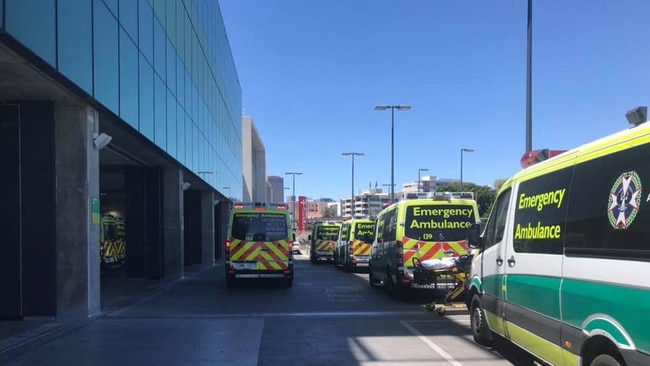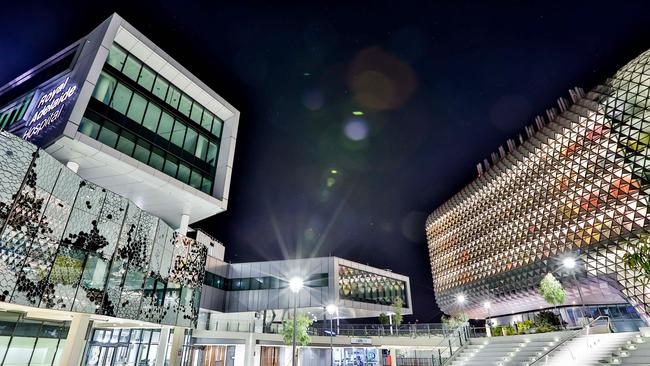SA hospitals will be overwhelmed within a decade unless the system is rebalanced, warns confidential government document
Half the arrivals at emergency departments already face a wait longer than four hours. A confidential government document now warns that will happen to all non-urgent cases within a decade – unless the system is rebalanced.
SA News
Don't miss out on the headlines from SA News. Followed categories will be added to My News.
- 215 WCH doctors sign warning letter over resources
- SA emergency department wait times second worst in nation
- Get the most from your Advertiser digital subscription
Only a radical overhaul can save South Australian hospitals from being overwhelmed within a decade, a confidential government analysis warns.
The document, obtained by The Advertiser, says that without a major rebalance of the system, all non-urgent cases arriving at emergency departments arrivals will face a four-hour plus wait within a decade.
The system is on track for a 24 per cent increase in ED arrivals and a 15 per cent rise in people admitted to hospitals by 2029.
About 50 per cent of ED arrivals at Adelaide’s major public hospitals are already waiting longer for treatment than the recommended four-hour window.

The Roadmap for Rebalancing the Health System in South Australia says this will double within a decade without action – meaning virtually all patients requiring non-urgent treatment can expect to wait for a minimum of four hours.
The forecast comes as officials struggle to trim costs.
The average cost of treating a person in hospital soared 18 per cent in five years to $5737, well above the national average of $5012. The analysis is part of a plan to overhaul the public health system, rebooting it from one based on treating sick people in expensive hospitals to one that prevent people falling sick – and offers alternatives to EDs when they do need treatment.
These would include a stronger focus on “hospital at home” care, as well as more efforts to ensure chronically ill people are looked after so they don’t need hospital treatment.

The document states that in the coming decade, a program to rebalance the health system would lead to:
HOSPITAL occupancy rates which are typically above 95 per cent reduced to 90 per cent or below.
THE need for capital investment in “new hospital physical beds reduced”.
INVESTMENT in prevention will stem growth and reduce the demand for hospital services.
In December, the State Government established Wellbeing SA, which last month became a stand-alone agency within the Department of Health and Wellbeing.
It is now finalising a strategic plan to refocus the health system towards keeping people healthy, from good diet and exercise promotion through to better care of vulnerable people so they don’t end up in hospitals and encouraging people to take part in cancer screening programs and have GP check ups. The plan is due to go to government for approval – and funding – in coming weeks.
Four pilot programs established last year to trial “hospital at home” care and more monitoring of the chronically ill are being assessed as part of the plan for a statewide “My Home Hospital” program run by community organisations.
Four GP-led Priority Care Centres which opened last August as fast-track alternatives to EDs for less urgent patients are also part of the change.
The documents state: “In the future, SA will have a rebalanced health system that is person-centric rather than provider-centric. “It will support South Australians though their life course from newborn to end-of-life care. Hospitals will manage their facility and community-based beds across the year, operating at lower occupancy levels and flexing bed numbers during peak periods.
The SA Ambulance Service will have alternative options to EDs for those patients identified as having less severe symptoms or injuries reducing ambulance service wait times and ED ramping.”

